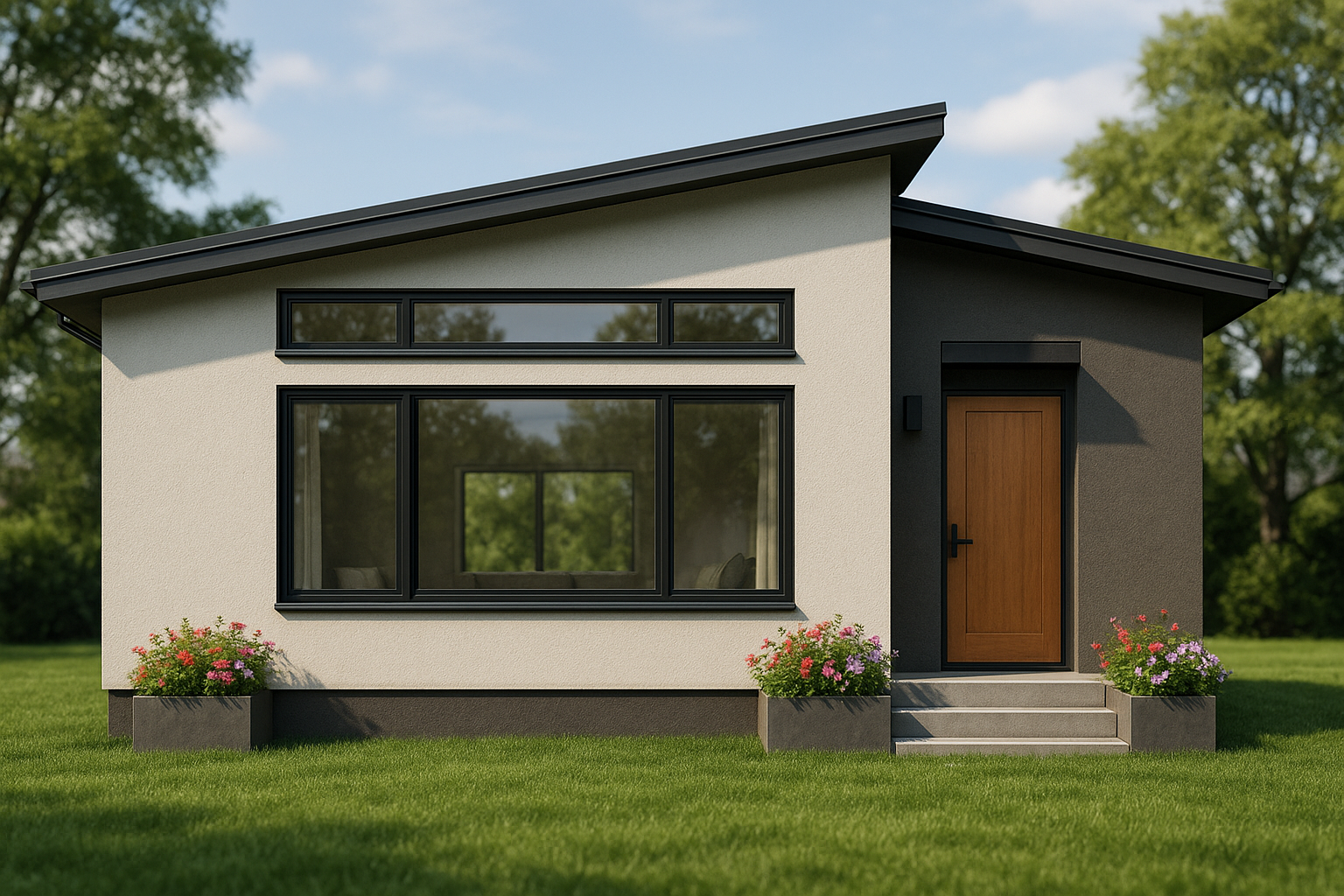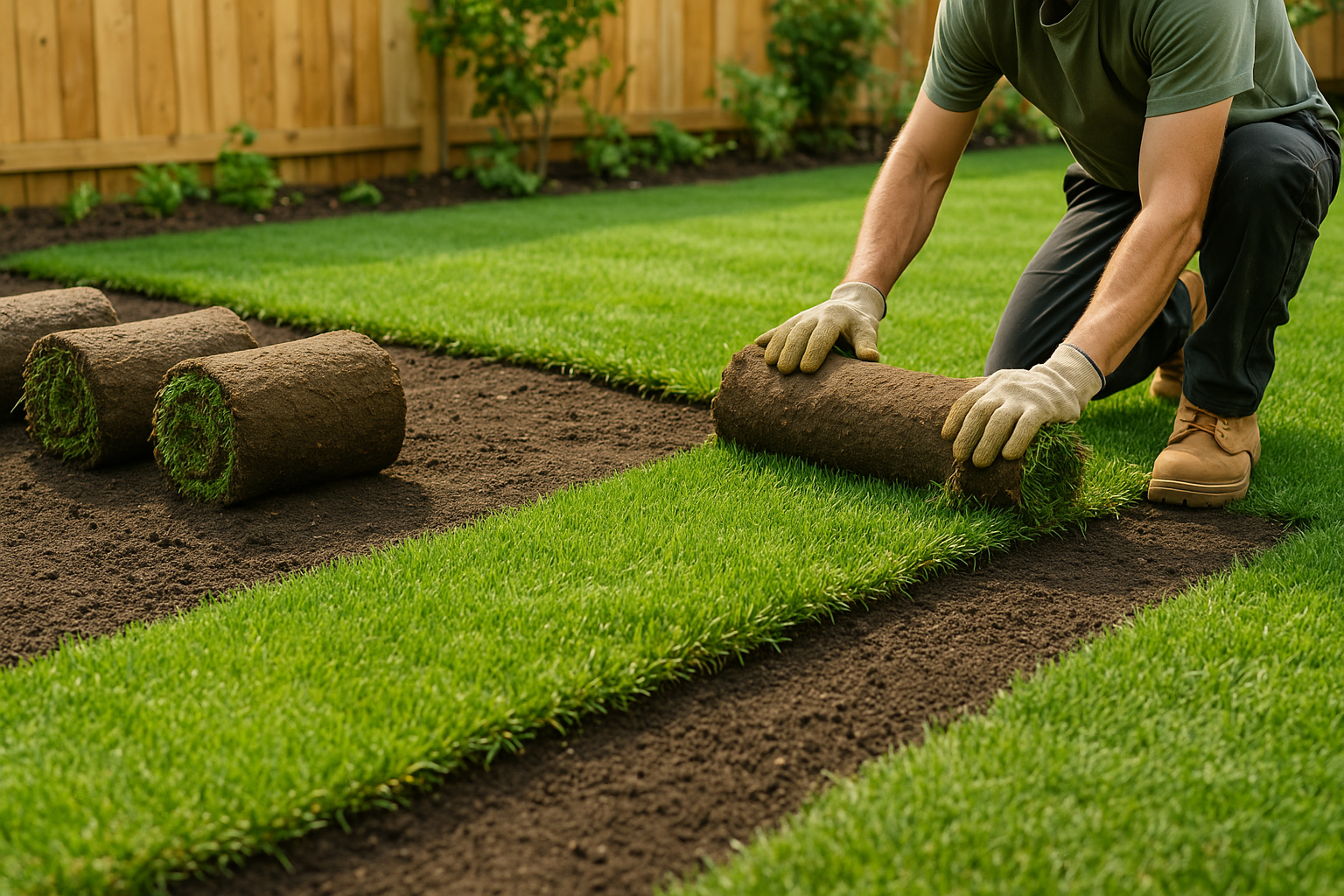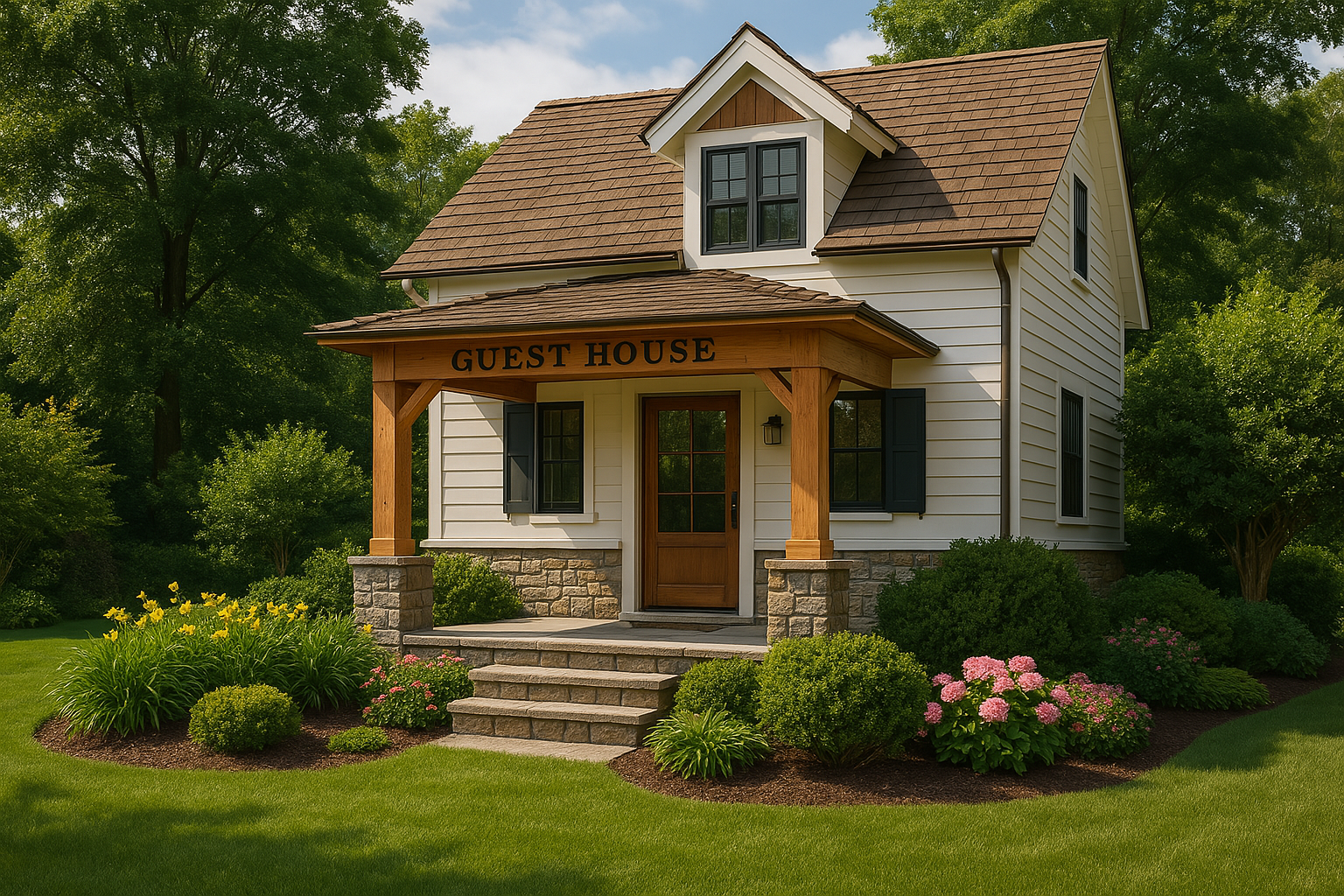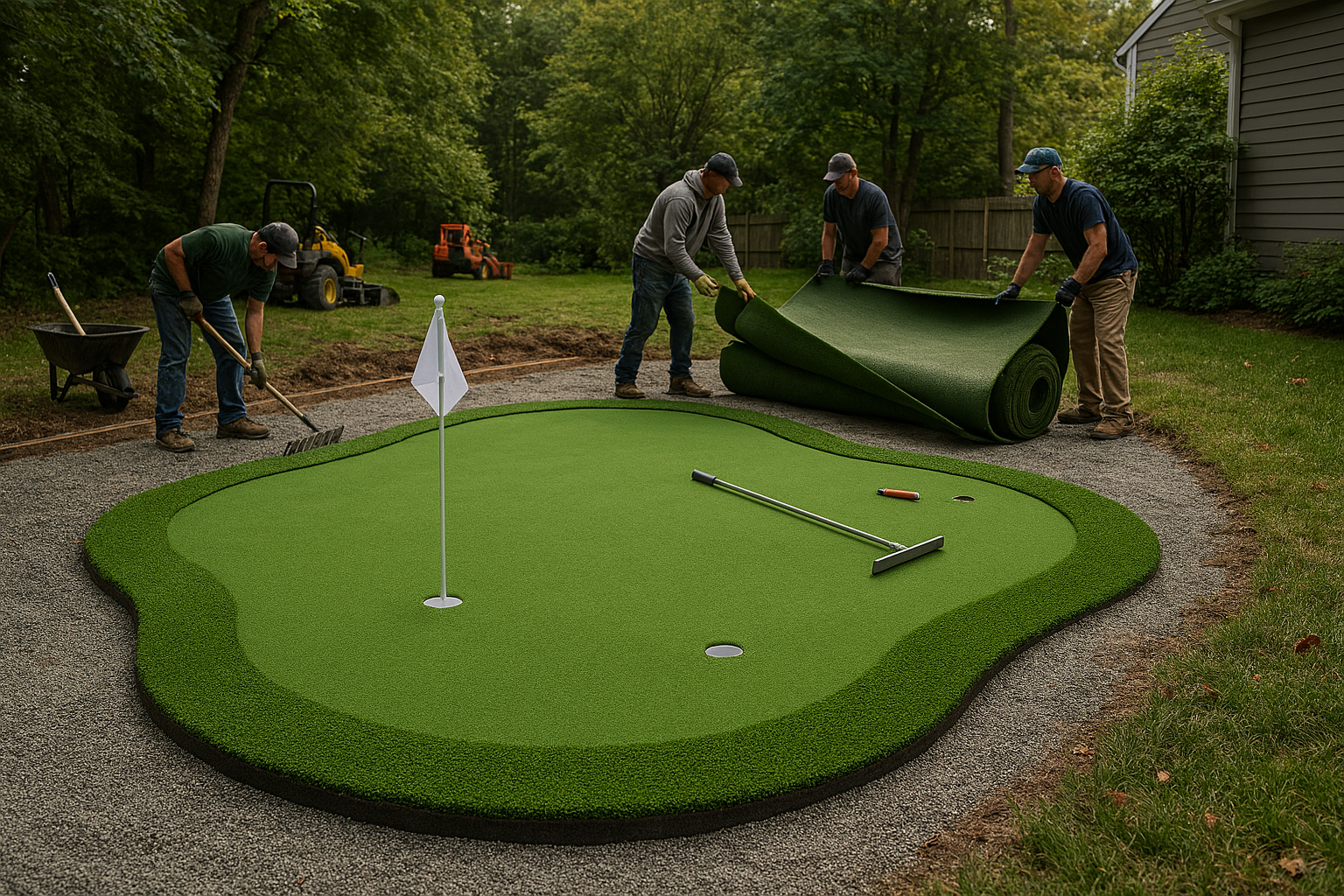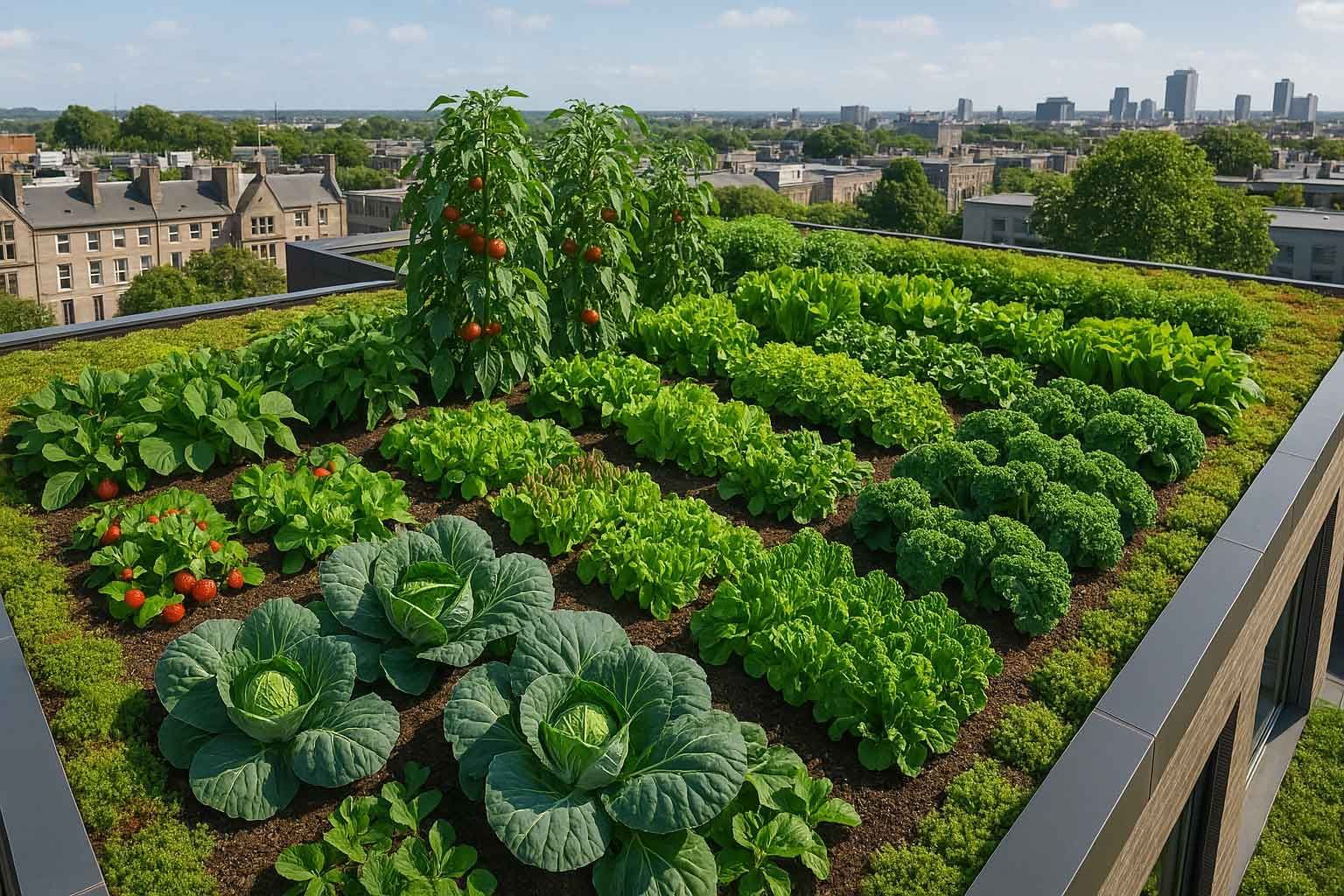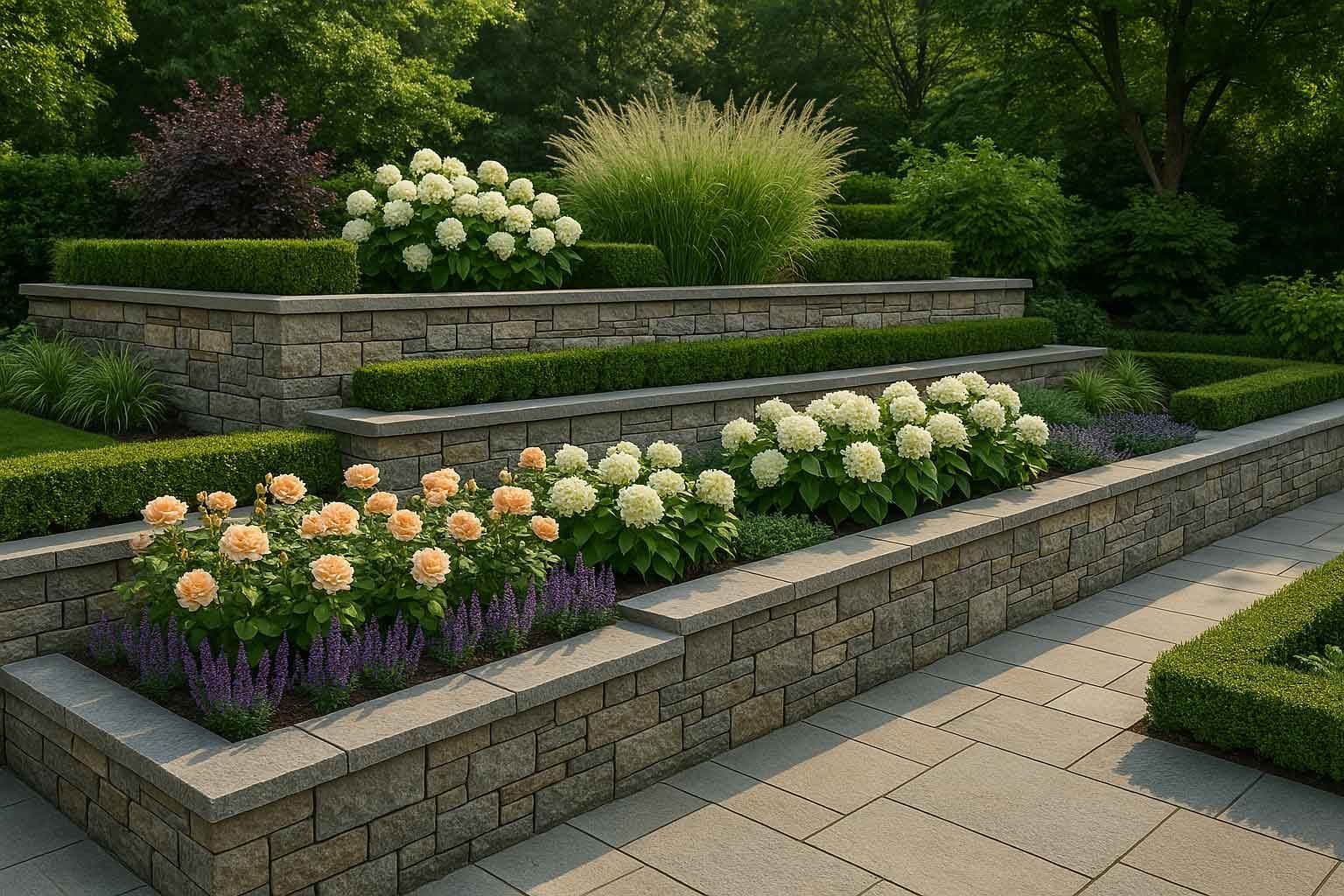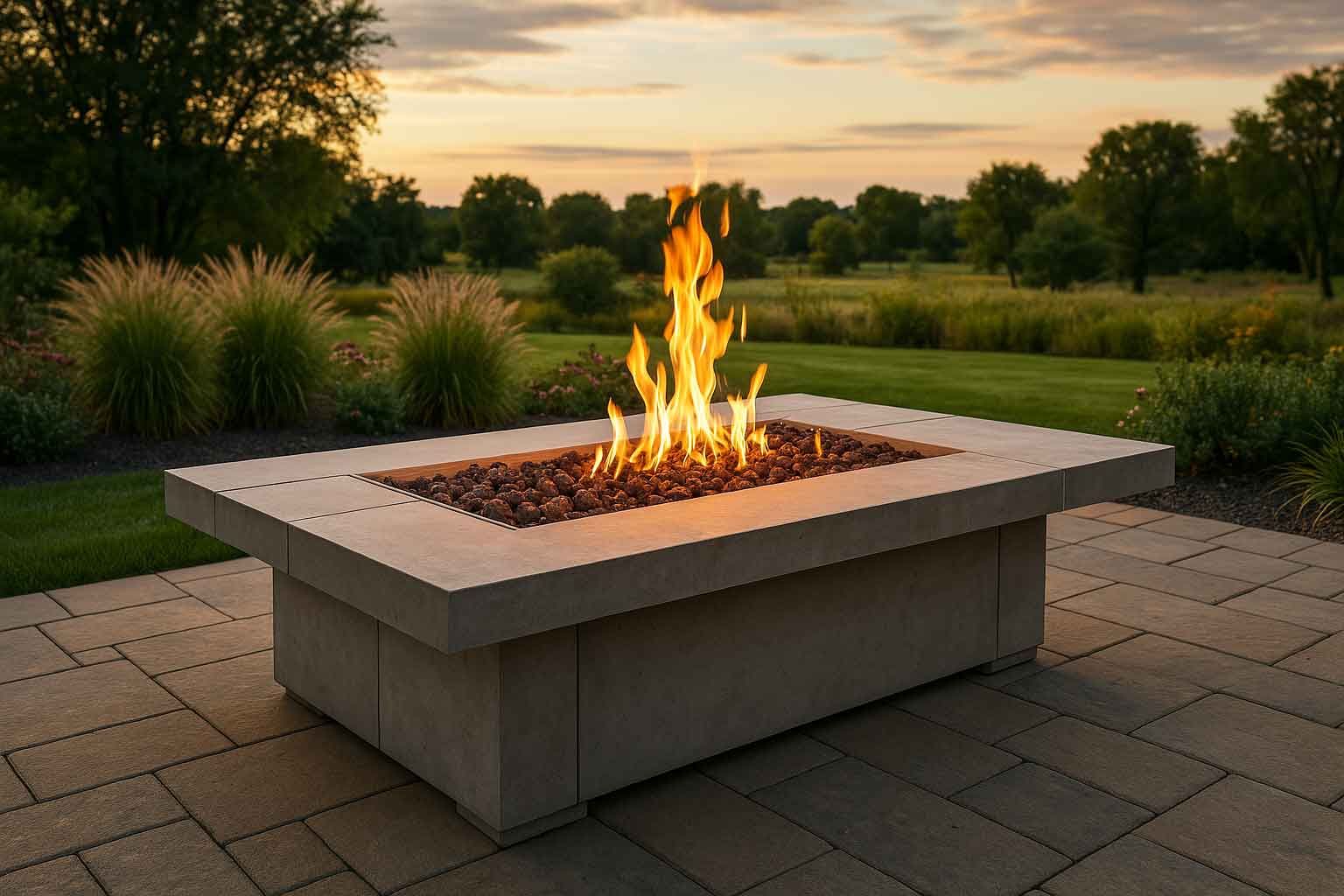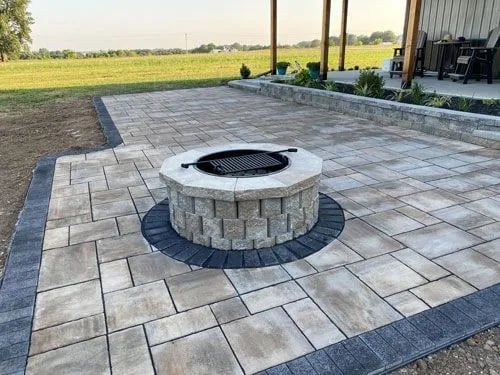Artificial Rock Waterfall FAQ: 10 Key Questions Answered for KC Homeowners
Curious about adding an artificial rock waterfall to your Kansas City property? We’ve answered the top questions local homeowners ask about costs, installation, and more.
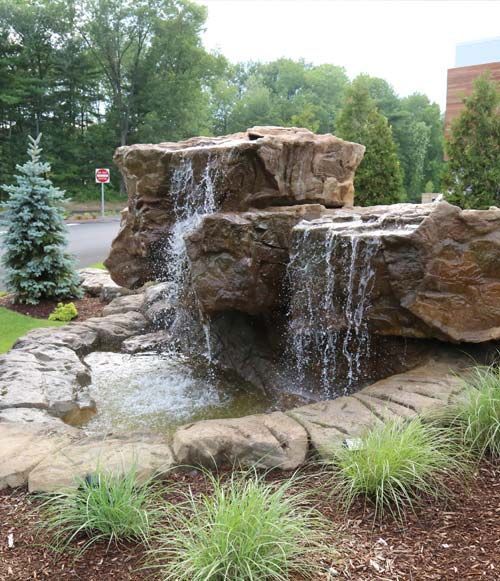
How much does an artificial rock waterfall cost in Kansas City?
Costs vary widely, from $5,000 to $20,000+, depending on size and complexity (lighting, multiple cascades). More enormous waterfalls with a pool or pond base can exceed that range. We’ll offer a free on‑site quote to give you an exact figure.
Do I need a permit to build a rock waterfall in KC?
Permit requirements can vary by city and county. Smaller waterfalls often fall under basic landscaping rules, but larger structures or those that alter drainage might need permits. We’ll help confirm local regulations and handle any necessary paperwork.
Are artificial rock waterfalls durable in KC’s freeze‑thaw climate?
Yes—they can withstand extreme temperature swings when built with quality materials (Specialized concrete blends) and proper waterproofing. Winterizing (e.g., draining water lines) prevents freeze damage. We design each waterfall with KC’s weather in mind.
Can I add an artificial waterfall to an existing pool?
Absolutely. Many homeowners integrate a rock waterfall into a pool’s edge or a nearby retaining wall. We’ll check your pool’s structure and plumbing to ensure a safe, watertight addition. The result can transform an ordinary pool into a resort‑style oasis.
Is an artificial rock waterfall louder than a natural waterfall?
Sound levels depend on water flow rate, height, and design. Generally, artificial waterfalls can be tuned to produce anything from a gentle trickle to a more robust cascade. We’ll work with you to find a flow level that suits your preference for sound and ambiance.
Does a backyard waterfall add value to my home?
A well‑designed water feature can boost curb appeal and potential resale value, particularly if it’s integrated with professional landscaping. Buyers often appreciate tranquil outdoor amenities—just be sure it’s well maintained. Quality installation is key to protecting your investment.
How do I maintain or clean an artificial rock waterfall?
Clear leaves or debris from the water’s surface regularly and check filters or pumps for clogs. Periodic cleaning of the rock surface with mild soap and water helps prevent algae buildup. Properly draining the system and covering exposed parts in winter can extend your waterfall’s lifespan.
What materials are used for artificial rock waterfalls (fiberglass, GFRC, etc.)?
Common choices include fiberglass, GFRC (Glass Fiber Reinforced Concrete), and specialized spray‑on concrete methods. Each material has pros and cons in terms of durability, weight, and finish. We’ll recommend the best option based on your design goals and budget.
How long does it take to install an artificial rock waterfall?
A small waterfall might be done in 2–3 days, while more significant, more elaborate features with custom rockwork or integrated lighting can take 1–2 weeks. Project timelines also depend on the weather, site prep, and any additional landscaping you want around the waterfall.
Can I customize the color or texture of my artificial waterfall?
We can replicate the standard natural stone colors in the Kansas City region or match your preferred hues. Texture, rock shapes, and special effects (like LED lighting) are all customizable. You’ll get a unique design that fits your vision.


